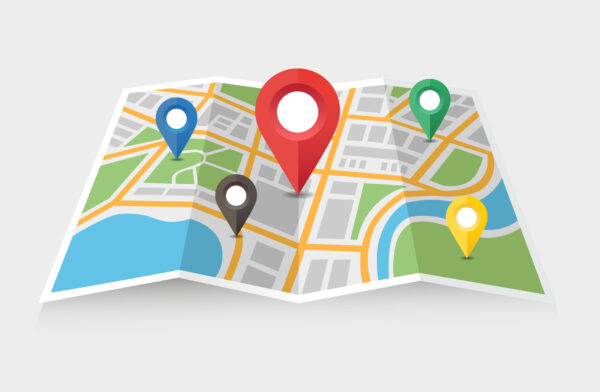Adding GPS to Work Vehicles
Shawnee Love • July 18, 2019
Our recent blog on security cameras leads us to another form of security – GPS (Global Positioning System) in company vehicles. Organizations have been implementing these in their vehicles more and more, recognizing the benefits of visibility into locations of vehicles, particularly when employees driving those vehicles work on their own. The advanced models are linked to satellites in real time and can assist dispatchers with directing the vehicles to their next destinations (e.g., for delivery or taxi drivers). In doing so, they can also monitor engine diagnostics, and track speed and time spent at a location which has caused some concern for employees whose driving habits are less than ideal or who enjoy taking extra long breaks away from the bosses’ eyes. Additional benefits include real time data on vehicles which can be useful in the event of complaints regarding a driver’s behaviour which branded vehicles may receive.
We think the safety benefits of knowing where a worker is and the vehicle operation intelligence provided to the company far outweigh the fact that it can be uncomfortable for people to have their employers know where they are. Even so, implementing GPS still takes careful planning of the nature outlined in our last blog. That is, before implementing, companies need to plan out the implementation which will likely include the following steps:
- Communicate: Before you put the system in, explain your reasons for it and the plan associated with implementation.
- Create/ Update: Policies and practices associated with privacy, records, and what to do when are required as well as what happens when unauthorized or unsafe use of a vehicle is discovered via the GPS.
- Advise: Take the time to show employees how the system works.
- Execute: Implement the rollout of the systems. Sometimes a pilot group is a great way to go to show employees that the new system isn’t all that onerous after all. It can also save money if you discover there is a problem to have only rolled out the system to a subset of the larger group.
- Educate: Ensure all employees know what is tracked as well as how to handle system problems.
- Revisit: Technology and needs change, so it is important to revisit both every now and then to ensure your GPS still fits.
What you shouldn’t do is use a GPS to monitor the movements of employees or vehicles (except for when data is required to investigate allegations of misconduct). While a GPS may be useful management tool, it should not replace normal good management practices.
Any questions about how to implement GPS or any other changes to employment practices, we are here to help!





